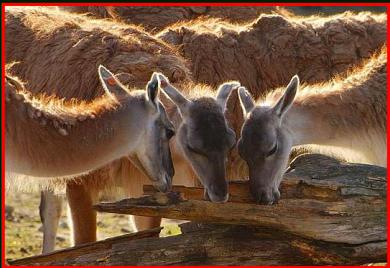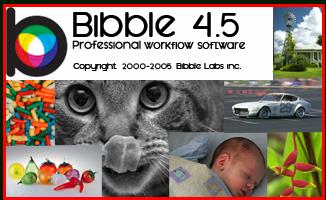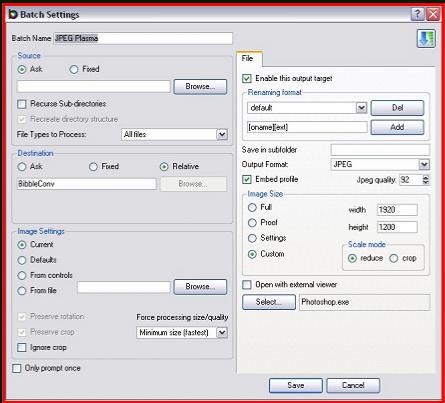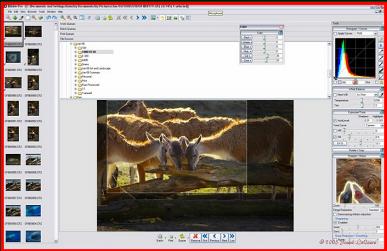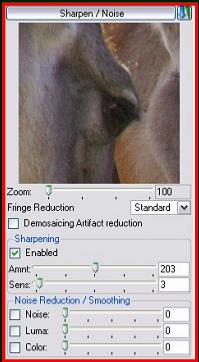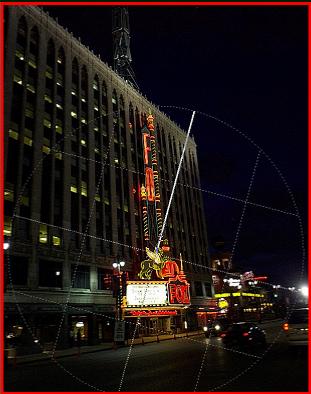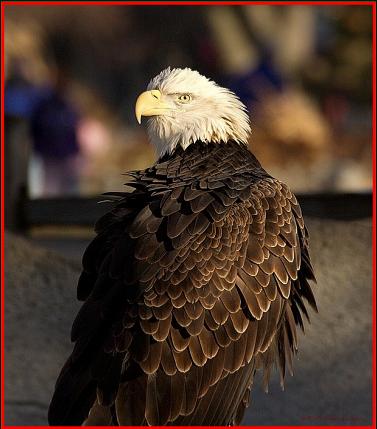WHY BIBBLE?
There are four key features in Bibble that have been the main reason why I have chosen it as my primary converter.
Before we get to these let me explain a little about the purpose of my output. Image conversion for me usually falls into two categories one is to process large batches of images for electronic display. I create slide shows of my images which I display on a plasma screen as dynamic art. In this way, while viewing in a casual setting, certain pictures will become favorites and this gives me an ideal way to see many more images in a large format displayed setting than if I just made prints. I can then pick the outstanding images to work further with and produce the desired prints.
The second purpose for my conversions are then, to work with just one or several images spending much more time on each to get the best results possible for continued work in PhotoShop and finally printing.
FOUR REASONS FOR USING BIBBLE
First, and most important, is the color and quality output that I can obtain with minimal adjustment. Bibble's "Auto Level" works very well on 90% of all images making only slight further adjustments necessary.
Second, is the quick generation of a full size preview during the image editing mode. This allows me to complete the most important step in the editing process and that is the determination of image focus. One of my biggest complaints with Capture One has been the inability to view a high quality preview at full or maximum screen. It is my opinion, that while viewing an area of the image at 100% may tell you the ultimate focus, the more important factor is to judge the suitability of an image's focus in context of the whole frame. This is why it is very important to see the complete image as large as possible. When viewing a part of an image one may see a section in or out of focus but it is the whole image and where the eye is drawn too that determines if the image will be suitable. Sometimes what one thinks will be the key point of focus, is either not, or is over shadowed by some other area of the image that distracts due to its focus plane. Bibble quickly creates a high quality preview of the image that maximizes the screen.
The third factor is the speed with which Bibble generates JPEGs. Bibble claims the fastest creation of JPGs of any software and it appears to live up to that claim. A real time example of that can be seen on my video.
The fourth but not least is Bibbles easy and excellent recovery tool for shadow and highlight detail. It can often be tricky to balance the adjustment, when recovering highlight detail, and keep the image natural without becoming pasty looking. Bibble handles the recovery of highlights and lightening up of shadows extremely well. Subtleness seems to be the rule of thumb for the lighting effects which helps immensely in obtaining just the look desired.


